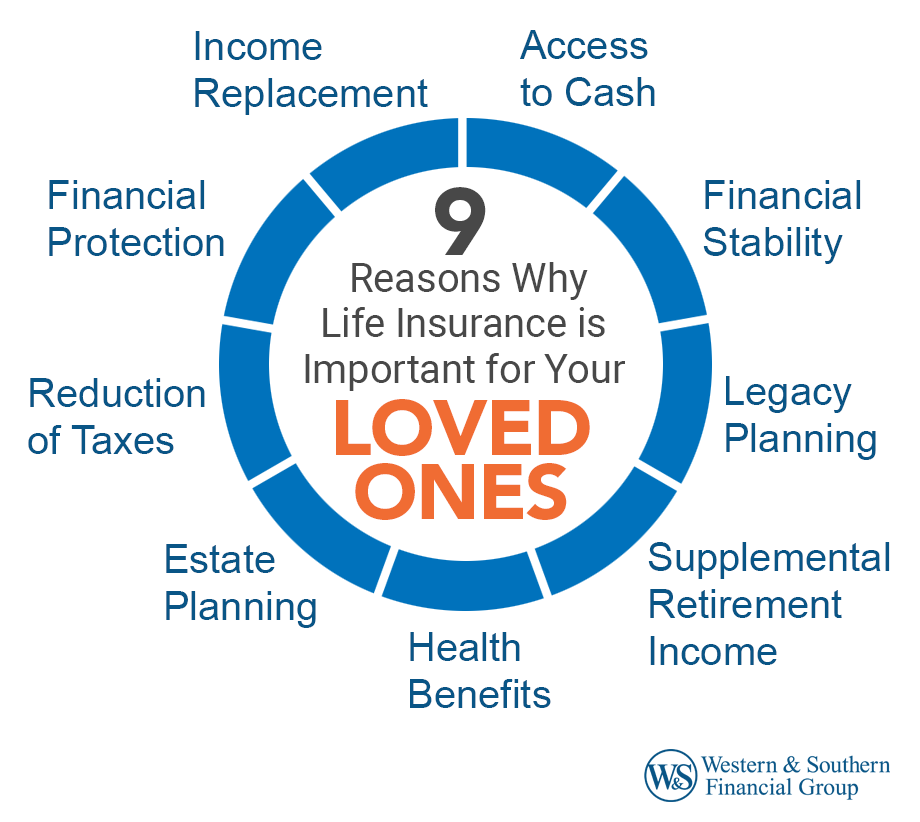The smart Trick of Pacific Prime That Nobody is Discussing
Table of ContentsHow Pacific Prime can Save You Time, Stress, and Money.Fascination About Pacific PrimeThe Buzz on Pacific PrimeGetting My Pacific Prime To WorkSome Known Facts About Pacific Prime.

This is because the data were accumulated for a duration of strong economic efficiency. Of the approximated 42 million individuals who were without insurance, almost about 420,000 (regarding 1 percent) were under 65 years old, the age at which most Americans become qualified for Medicare; 32 million were adults in between ages 18 and 65, around 19 percent of all adults in this age; and 10 million were kids under 18 years old, regarding 13.9 percent of all youngsters (Mills, 2000).
These estimates of the number of individuals uninsured are generated from the annual March Supplement to the Existing Population Study (CPS), carried out by the Demographics Bureau. Unless otherwise noted, nationwide quotes of people without wellness insurance coverage and percentages of the populace with various type of insurance coverage are based upon the CPS, one of the most widely used source of price quotes of insurance protection and uninsurance rates.
Facts About Pacific Prime Uncovered

Still, the CPS is specifically valuable since it produces annual price quotes relatively swiftly, reporting the previous year's insurance policy protection estimates each September, and since it is the basis for a regular collection of estimates for more than twenty years, enabling evaluation of fads in coverage gradually. For these reasons, in addition to the considerable use of the CPS in various other research studies of insurance policy coverage that are presented in this record, we count on CPS quotes, with limitations noted.

The quote of the variety of uninsured individuals broadens when a population's insurance coverage condition is tracked for several years. Over a three-year duration starting early in 1993, 72 million individuals, 29 percent of the U.S. https://sitereport.netcraft.com/?url=https://www.pacificprime.com. populace, lacked protection for at the very least one month. Within a single year (1994 ), 53 million people experienced at least a month without insurance coverage (Bennefield, 1998a)
6 out of every 10 uninsured grownups are themselves utilized. Functioning does enhance the possibility that one and one's household members will have insurance policy, it is not a guarantee. Even participants of family members with 2 permanent wage earners have practically a one-in-ten opportunity of being uninsured (9.1 percent without insurance rate) (Hoffman and Pohl, 2000).
The Single Strategy To Use For Pacific Prime
New immigrants make up a significant proportion of people without medical insurance. One evaluation has actually associated a significant portion of the current development in the dimension of the U.S. uninsured populace to immigrants who got here in the country in between 1994 and 1998 (Camarota and Edwards, 2000). Recent immigrants (those who concerned the USA within the previous four years) do have a high price of being without insurance (46 percent), however they and their children account for just 6 percent of those without insurance across the country (Holahan et al., 2001).
The relationship in between medical insurance and accessibility to care is well established, as recorded later on in this chapter. Although the connection between health and wellness insurance policy and health outcomes is neither straight neither straightforward, an extensive professional and wellness services study literature links medical insurance coverage to better access to care, far better top quality, and enhanced personal and populace health and wellness condition.
Degrees of evaluation for analyzing the results of uninsurance. It concentrates specifically on those without any health and wellness insurance coverage for any size of time.
The Best Strategy To Use For Pacific Prime
The problems dealt with by the underinsured are in some areas comparable to those faced by the uninsured, although they are generally much less extreme. international travel insurance. Uninsurance and underinsurance, nevertheless, involve distinctly various plan problems, and the strategies for addressing them might differ. Throughout this research study and the 5 reports to follow, the main focus gets on persons without health and wellness insurance coverage and hence no aid in paying for healthcare past what is available via charity and safeguard establishments
Wellness insurance policy is an effective element influencing receipt of care because both people and doctors react to go to this web-site the out-of-pocket rate of services - https://worldcosplay.net/member/1746405. Medical insurance, however, is neither required neither enough to gain accessibility to clinical services. Nevertheless, the independent and direct result of health and wellness insurance protection on accessibility to wellness solutions is well established.
Others will certainly get the healthcare they require even without medical insurance, by spending for it out of pocket or seeking it from providers who offer care complimentary or at very subsidized rates. For still others, health insurance alone does not guarantee invoice of care because of various other nonfinancial barriers, such as a lack of health treatment carriers in their community, minimal accessibility to transport, illiteracy, or linguistic and social distinctions.
Pacific Prime Can Be Fun For Anyone
Official research regarding without insurance populations in the United States dates to the late 1920s and early 1930s when the Board on the Price of Medical Care generated a collection of records about funding physician office sees and hospital stays. This concern ended up being significant as the numbers of clinically indigent climbed up throughout the Great Anxiety.